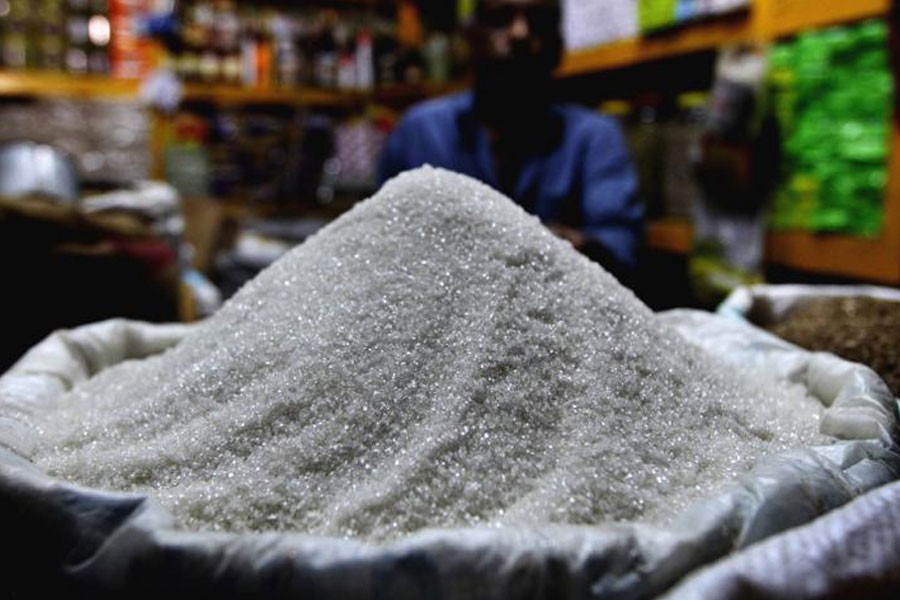
Published :
Updated :

Modernising state sugar mills is still a long way off any progress in installing new machinery and technology even after a lapse of two years into a reviving move.
Officials at the Bangladesh Sugar and Food Industries Corporation (BSFIC) and the Ministry of Industries know little about the fate of upgrading the closed mills.
The government took the modernisation drive in 2019.
The authorities were out to refurbish the mills with modern machinery in order to help the stressed corporation to rebound through enhancing production.
Following a government instruction, the BSFIC halted production at six out of 15 state-owned mills in December 2020 for an indefinite period.
The closed mills are Pabna Sugar Mills in Iswardi, Shyampur Sugar Mills in Rangpur, Panchagarh Sugar Mills, Setabganj Sugar Mills in Dinajpur, Rangpur Sugar Mills and Kushtia Sugar Mills.
The closure followed the corporation's discovery that the sugar-producing units suffered around Tk 8.0-billion losses on average per year since 2015-16 till 2019-20 against sugar crushing.
Over the last five years till fiscal year 2021, the BSFIC losses accrued Tk 40 billion. Higher production costs at decades-old production bases were to blame for this poor performance.
Even before shutdown, the government in its forlorn attempt was looking for potential global investors to install state-of-the-art mills there, but to no avail.
As part of its move, the BSFIC signed an MoU instrument with a consortium of three firms from Thailand, the United Arab Emirates and Japan to assess feasibility of building modern mills.
In accordance with the report, the consortium proposed to set up three modern mills with a provision of producing sugar and byproducts.
When contacted, BSFIC chairman Arifur Rahman Apu says they are working for revitalising the industrial bases to ensure sustainable supply of sugar in the market.
"Our planning department chief is assigned to deal with the matter," he adds, suggesting the FE to communicate with that official for any update.
As the FE approached, BSFIC director (planning and development) Md Anwarul Alam says there is no official development in the move.
"I've nothing to share right now, but we're working on it," he tells the daily.
Seeking anonymity, a senior BSFIC official says a consortium sought to invest Tk 50 billion in Natore, Setabganj of Dinajpur and Mubarakganj of Jhenaidah with a combined capacity of 14,000 tonnes of sugar daily.
The investors also sought to execute their plan with loans from two international banks with Bangladesh being the state guarantor.
"But the proposal somewhere remains stuck. I don't know the exact reason," the official adds.
A ministry official also preferred to remain unidentified while talking to this newspaper.
It was proposed that three plants would crush cane produced locally for six months and refined imported raw sugar be delivered in the rest of the year.
He says it was estimated that 2.0-million tonnes of cane would be required for running the plants for three months only.
Bangladesh needs 1.8-million tonnes of sugar to meet the domestic demand per annum. But contribution of state mills keeps declining to around 80,000 tonnes.
Although the contribution was around 0.2 million a decade ago, old production technology in sync with higher production costs made a strong bite on the balance sheet of the corporation.
The result was outrageous, according to analysts, as the government lost control over the sugar market, which is largely dominated by its private peers.
jubairfe1980@gmail.com


 For all latest news, follow The Financial Express Google News channel.
For all latest news, follow The Financial Express Google News channel.